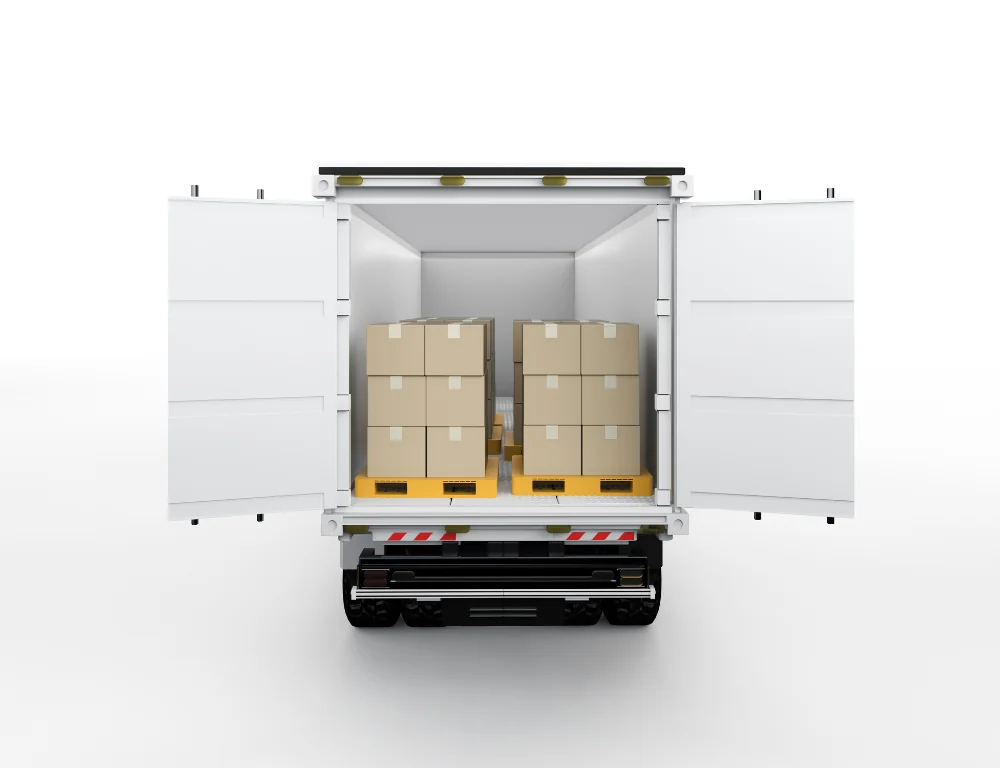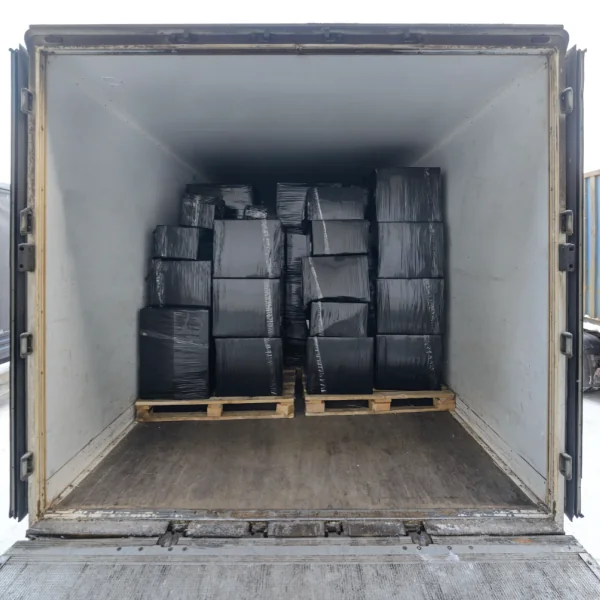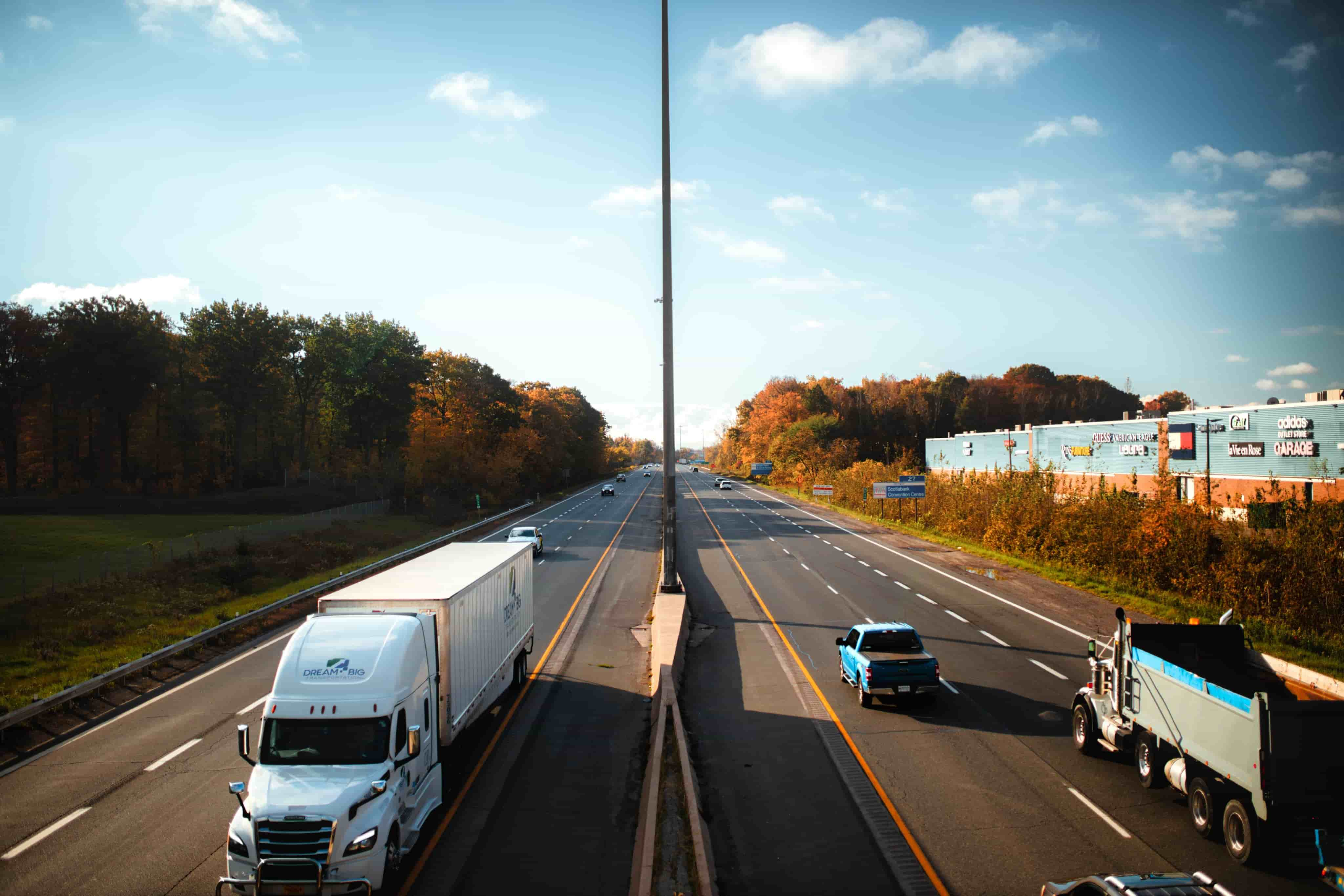
Switching LTL to Partial Truckload
Partial truckload may not be as well known as LTL and FTL shipping, but it's a viable way of shipping your freight. But when should you switch from LTL to partial truckload?
Switching LTL to Partial Truckload
While less-than-truckload (LTL) shipping is the most common shipping method in the freight world, there are various other shipping methods to consider and choose from. Generally speaking, LTL shipping is excellent for freight that is too large for a parcel but doesn’t require an entire tractor-trailer. Another standard mode is a full truckload, where the cargo being shipped requires the full use of the truck trailer.
But did you know there is another shipping method that might be the right solution for you? Partial truckload shipping might be the shipping game-changer your small or midsized business needs. However, when comparing partial truckload to LTL, they may seem incredibly similar.
What are the differences between LTL and partial truckload? When should a shipper consider switching from LTL to partial truckload?
We provide competitive freight shipping prices and an all-inclusive, easy-to-use shipping experience for our customers. Exceeding our customers’ expectations results in thousands of satisfied customer reviews and repeat business. We believe in the power of our customer relationships. Check out FreightCenter reviews from real customers, and learn what they have to say about their freight shipping experience!
- 2021, 2017 & 2016 Food Logistics’ Top Green Providers
- 2021 & 2018 Supply & Demand Chain Executives’ Pros to Know: Matthew Brosious
- 2020 & 2019 Top Food Logistics’ 3PL & Cold Storage Provider Award
- 2020 & 2019 Business Observer’s Top 500 Companies on the Gulf Coast
- 2020 & 2017 SmartWay® Transport Partner
- 2020 & 2017 Food Logistics’ Champions: Rock Stars of the Supply Chain
- 2020 Best of Palm Harbor Awards for Local Businesses
- 2017 Green Supply Chain Award from Supply & Demand Chain Executive
- 2017 Tampa Bay Business Journal Heroes at Work
- 2016, 2015, & 2012 Food Logistics Top 100 Software and Technology Providers
- 2013 Tampa Bay Business 100 by Tampa Bay Business Journal
- 2013 Top 100 Great Supply Chain Partners by SupplyChainBrain
- 2012 TIA Samaritan Award Honorable Mention
- 2012, 2011 & 2010 TBBJ Fast 50 Recipient
- 2013, 2011, & 2010 Diversity Business Top Businesses

Why Choose FreightCenter for Partial Shipping?
Cost Savings: Partial truckload allows shippers to split the cost between themselves and sharing a trailer. It is also safer than LTL shipping since fewer shipments share space, avoiding insurance costs and damage fees.
Efficient Shipping: Shippers can maximize trailer utilization by sharing space with other loads. It also means less time wasted since the carrier stops less frequently than LTL shipping.
Customizable Solutions: FreightCenter offers tailored solutions to every shipping problem with discounted rates, friendly customer support, and 25+ years of logistics experience. Trust us to get your freight where it needs to go.
Less Than Truckload (LTL), Full Truckload (TL), and Partial Truckload: What’s the Difference?
You will have a few options for shipping your freight, specifically, how much trailer space your freight needs. The main three methods that you’ll be presented are less-than-truckload (LTL) shipping, Full truckload (FTL) shipping, and Partial truckload (PTL) shipping. Let’s take a look at each type and learn what their differences are:

Less Than Truckload (LTL)
(LTL) shipping is one of the most popular freight shipping methods for a good reason: it’s usually the most economical. When shipping LTL, your freight will share space on the truck with another shipper’s freight. This makes rates cheaper, as shippers are splitting the trailer payments between each other. However, shipments take longer to arrive via LTL shipping because each shipment is heading to a different destination, and the driver must make frequent stops for pickups and deliveries.
Typically, LTL shipping is recommended for shipments weighing 150 to 15,000 pounds, which are too large for a parcel carrier but not large enough to require using the truck’s full trailer. Rates are determined based on the freight’s density, as well as its freight class.

Full Truckload (FTL)
FTL shipping is when freight requires the use of the entire trailer. Shipments qualify for FTL shipping if they must use the whole truck trailer or weigh 15,000 pounds or more. Shippers may also choose FTL shipping if they have a lot of pallets to ship at once or if the freight has particular circumstances requiring a whole trailer.
FTL shipping is faster than LTL shipping because there’s only one shipment in the trailer, which means the driver needs to make only one delivery stop. However, it’s also more expensive since the shipper has to pay for the entire trailer. The carrier and shipper must also agree on a price since freight class does not apply to FTL shipping.

Partial Truckload (PTL)
Many shippers don’t know there is another freight shipping method available called partial truckload (PTL), but this is another option shippers can consider for freight shipping. Fitting between LTL and FTL, shippers can fit between 6 and 18 pallets in a trailer. The weight limits on PTL shipments are between 5,000 and 20,000 pounds.
This type of shipping has low rates and shared trailer space compared to LTL shipping while guaranteeing faster delivery times in line with FTL shipping since it makes fewer stops. It also does not use freight class to determine rates; however, it can be more expensive than LTL since less people are splitting the cost for the trailer, and the final rate is decided between the shippers and the carrier.
Why Carriers Offer Partial Truckload Freight Shipping
As you might expect, there aren’t many carriers waiting around for partial truckloads when they can pick up full truckloads. So, why are partial truckloads even a thing? Here’s one example:
A carrier picks up a full truckload near their home base and delivers it to a location that does not have a high level of shipping traffic. The carrier doesn’t want the truck to return home empty (commonly known as a deadhead), so they pick up one or two partial truckload orders to cover their costs.
Carriers may also pick up partial truckload shipments when the overall shipping market is slow to fulfill their capacity. They usually pick shipments that are smaller and are en route to another shipment’s delivery point.

Partial Truckload Advantages
With partial truckload, the loads can be much smaller than full truckload and more significant than LTL. Consider these pretty regular shipments:
- LTL: Less than 10,000 pounds, 1-6 pallets
- Full Truckload: 42,000+/- pounds, 26-30 pallets
- Partial Truckload: 8,000-27,000 pounds, 6-18 pallets
It’s not uncommon for a partial truckload shipment to cost less and take less time to reach its destination than an LTL shipment that takes up a lot of space but doesn’t weigh much. And when cargo doesn’t take up the whole truck, using a full truckload costs significantly more than a partial truckload.
To create value for our customers by delivering customized shipping solutions that meet their unique needs and to fulfill shipping demands from simple to complex with expertise, guidance and ingenuity.
Trust the experts at FreightCenter to give you the best prices and the most comprehensive options for all your LTL freight shipping needs.
We deliver optimized solutions for full or partial truckloads and competitive dry van, flatbed, and refrigerated freight pricing. We can cover your full truckload shipping needs.
Nationwide Expedited Trucking services move your freight securely and rapidly. Your freight requires fast delivery; our freight shipping experts can get your shipment fast, whether in one large box or a full truckload.
The most reliable Specialized Freight Services rates from all the top carriers are just a few steps away. From white glove service to international shipping, we've got you covered.

Frequently Asked Questions about Switching LTL to Partial Truckload

Q. What is partial truckload?
Partial truckload is a shipping method that combines smaller shipments into a single trailer, falling between LTL and FTL shipping. It’s a good option for shipments that are too large for LTL but don’t require an entire truck, typically weighing between 5,000 and 20,000 pounds or occupying more than six pallets. This method allows you to share costs with other shippers and can provide more control and reduced handling for time-sensitive or fragile freight.
Q. How is partial truckload different from LTL and FTL shipping?
Partial truckload differs from LTL because it involves sharing trailer space with other shippers, whereas LTL shipments are combined with multiple loads in a hub-and-spoke system. Partial truckload also handles less freight than LTL, and the rate is not determined by freight class, unlike LTL shipping.
In contrast, a full truckload involves booking an entire truck for your shipment, providing maximum capacity and faster transit times but at a higher cost. Partial truckload is slower than FTL but costs less due to multiple shipments splitting the cost.
Q. When should I switch from LTL to partial truckload shipping?
You should consider switching to partial truckload if your shipment weighs over 5,000 lbs if there are more than six pallets to ship, and if your shipment takes up a lot of space, even if it’s light. Also, consider partial if you don’t wish to pay your rate based on freight class.
Three Advantages of Using FreightCenter for Partial Freight Shipping?

25+ Years of Service
We have over 25 years of experience, as evidenced by our large network of professional carriers. Our knowledgeable team of shipping experts is ready to help you optimize your shipping experience.

Customizable Shipping Options
Need a liftgate? No problem! Need to ship your products quickly? We got you covered! Our FreightCenter agents can offer tailored solutions for your specific shipping needs while offering affordable rates you can’t find anywhere else.

Friendly Customer Support
Our customer support team has the answers to many of your shipping questions and concerns. We’re here to help you through every step of the shipping process, from initial inquiries to post-shipment issues.

